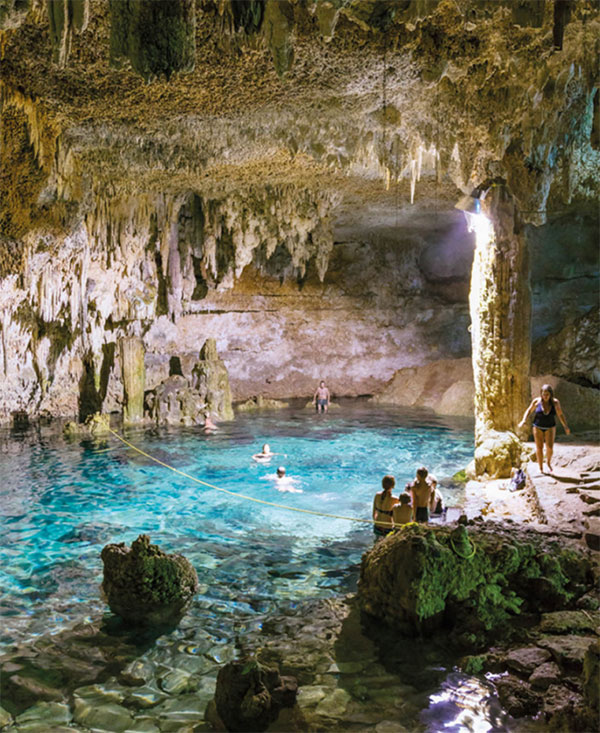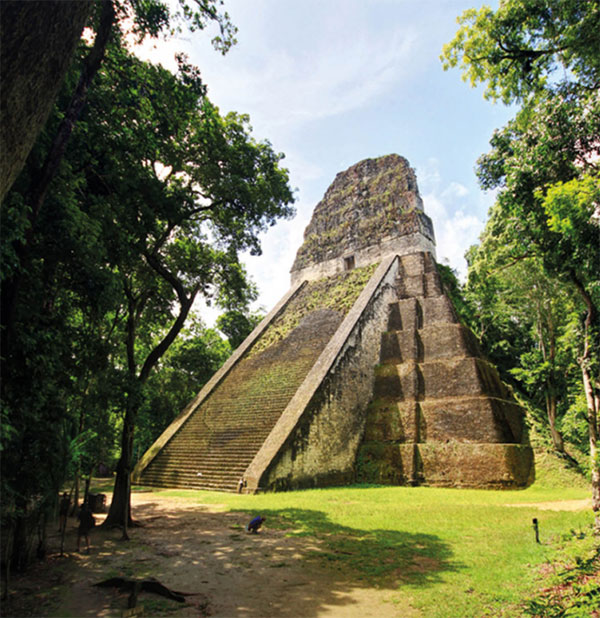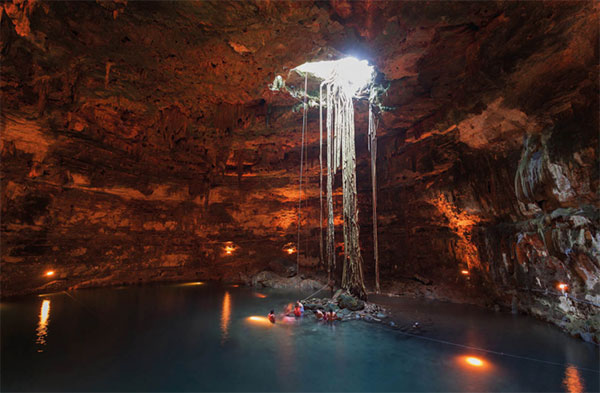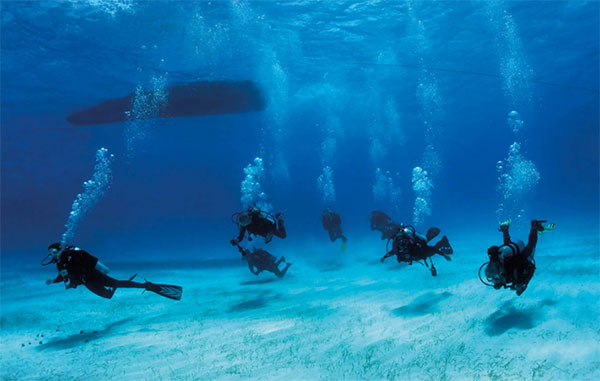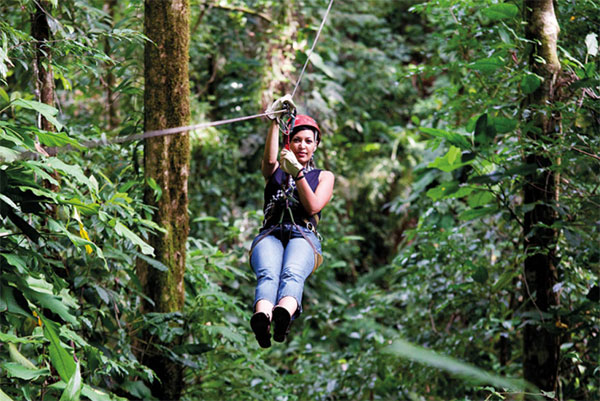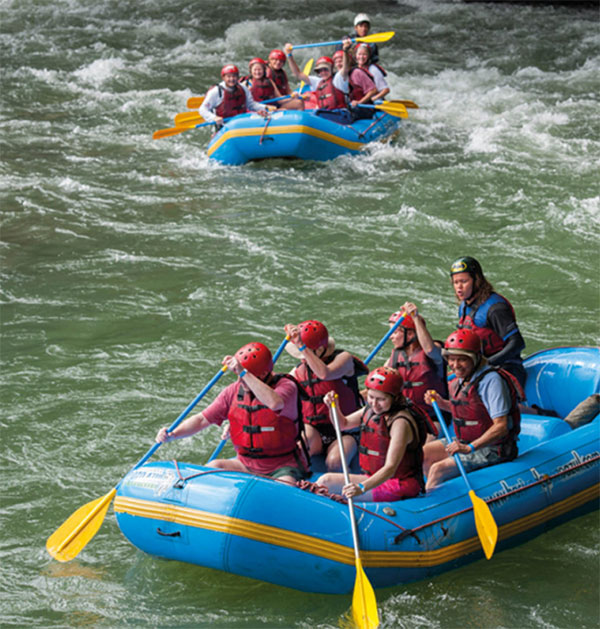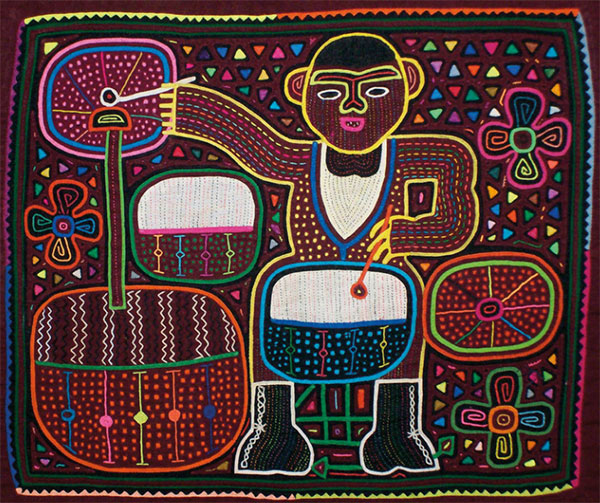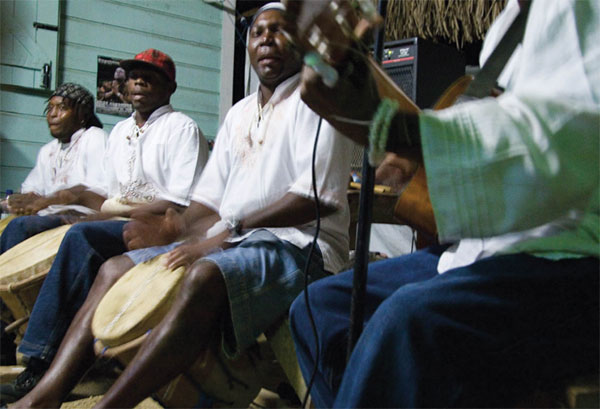Loneliness is a negative emotional experience resulting from a discrepancy between “one’s desired and achieved levels of social relations” (Perlman & Peplau, 1981, p. 32). Loneliness is tied more closely to the quality of social interaction and exchanges rather than the frequency or amount of social interaction (Cacioppo & Hawkley, 2009). One does not have…
The Pervasiveness and Public Mental Health Significance of Loneliness
Do you suffer from loneliness? If so, the good news is you are far from alone. It is generally recognized that there is a global epidemic of loneliness (see Killeen, 1998; Murthy, 2020), and the main contentious issue here is whether loneliness is an epidemic or a pandemic. Estimates vary considerably as a function of…
Southern Mexico – Central America Travel Guide
SOUTHERN MEXICO The Yucatán Peninsula contains a wealth of cultural and ecological treasures, not least the Mayan archeological wonders and cave systems – and, of course, miles of beautiful beaches. Main Attractions Mérida Chichén Itzá Cancún Cozumel Playa del Carmen Tulum Sian Ka’an Palenque San Cristóbal de las Casas With seemingly endless sunshine enhancing fascinating…
Places – Central America Travel Guide
PLACES A detailed guide to the whole of Central America, including southern Mexico, with principal sites clearly cross-referenced by number to the maps. Despite Central America’s small size, the array of sights and adventure activities is substantial. Exploring Mayan ruins lost within the jungle, seeking out resplendent quetzals in the cloud forest, and kicking back…
Caving – Adventure Sports And Activities – Central America Travel Guide
Belize offers arguably the best diving in the western hemisphere. The sheer number and variety of dive sites is astonishing, the marine environment is well protected, and there are some excellent dive schools. Lighthouse Reef, one of the atolls, is where you’ll find the much-touted Blue Hole, which looks as if it was created by…
Adventure Sports And Activities – Central America Travel Guide
WHITEWATER SAFETY Sadly, every year whitewater accidents happen. Even the most experienced rafters, caught in a powerful river eddy, can drown. So choose your trip according to your level of expertise and find an outfitter that sticks to safety precautions: life vest, helmets, and accompanying safety/rescue kayaks. Before you enter the water in the raft…
Adventure Sports And Activities – Central America Travel Guide
Canopy tours One of the most popular and readily accessible adventure sports is ziplining, also known as a canopy tour. Modern canopy tours were invented in the 1970s, when botanists and ecologists began looking to the mostly unstudied rain and cloud forest canopies and strapping on climbing gear to get close to them. Over time,…
Insight: Crafts – Central America Travel Guide
INSIGHT: CRAFTS Despite the efforts of the conquistadors, the Maya and other Indigenous groups of Central America carry on many craft traditions from their ancestors. Unique styles of textiles, ceramics, carving and jewelry have developed across Central America, many dating from the days of ancient civilizations. Many cultures have their own form of ceramics, such…
The Marimba – Central America Travel Guide
THE MARIMBA Developed by African slaves in Central America, the marimba has become the most important folk instrument in the region since being introduced in the 16th or 17th century. The instrument was descended from an ancestral balafon, which consisted of a set of wooden bars, arranged like keys on a piano, struck with mallets….
Born Again – Central America Travel Guide
BORN AGAIN The strength of Evangelical churches was reinforced when General Efraín Ríos Montt came to power in Guatemala. Montt, who had become a born-again Christian in the 1970s, was the first Protestant president of Guatemala. Although condemned for the vicious counter-insurgency war that he fought in the countryside, his stern, uncompromising message of bringing…
